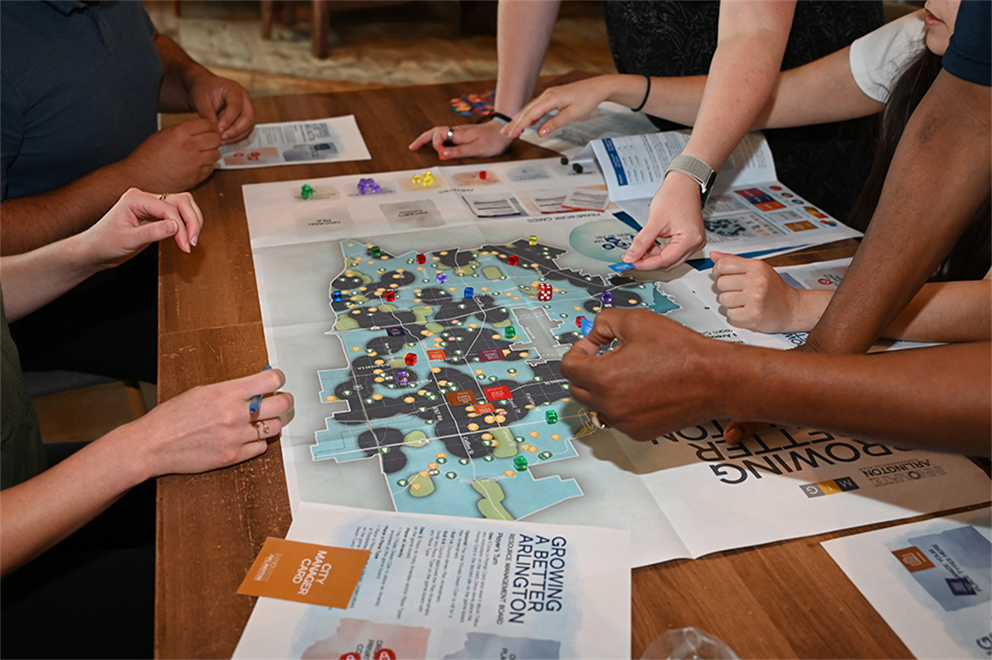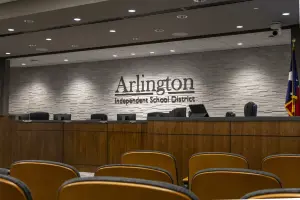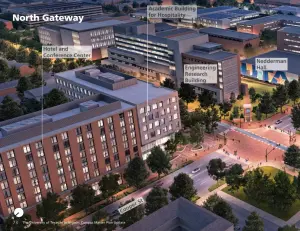Arlington planners played board game to envision the city's future
Arlington is developing its "Innovate Arlington" 20-year strategic vision, centered on five key priorities reflecting community desires. These pillars outline broad objectives and guiding principles for the city's future.

Arlington is developing its "Innovate Arlington" 20-year strategic vision, centered on five key priorities reflecting community desires. These pillars outline broad objectives and guiding principles for the city's future.
John Chapman, the city's long-range planning manager, described these pillars as the foundation of the comprehensive plan, a high-level roadmap with implementation suggestions. They emerged from extensive community input gathered at planning events and through a board game, "Grow a Better Arlington," which allowed residents to provide feedback on desired community characteristics and land use types.
The five pillars guide Arlington's future direction:
Vibrant & Safe: Focuses on neighborhood investment, public space improvements, enhanced safety, and redeveloping underused properties.
Innovative & Thriving: Aims to increase population, support workforce development, retain graduates locally, and boost the local economy.
Connected & Walkable: Promotes walking, biking, and other active transportation; improves public transit affordability and options; manages traffic effectively and ensures adequate parking.
Sustainable & Healthy: Emphasizes open spaces, parks, community health, and the protection and enhancement of natural resources.
Welcoming & Community Culture: Seeks to celebrate Arlington's diversity, support arts and culture, organize public events, preserve history, and improve public communication and engagement.
This plan replaces the previous long-range strategy, "99 Square Miles," from 2015. Chapman and his team are collaborating with city departments, council members, and Arlington residents and businesses to shape the city's next two decades. Since Arlington is largely built-out (99 square miles of landlocked territory), the plan must prioritize efficient use of remaining land and scale city services to handle ongoing growth from the rapidly expanding North Texas region.
A common theme from resident feedback, including the board game, was a preference for single-family/estate homes, entertainment/cultural areas, mixed-use zones, and commercial districts. Mayor Jim Ross highlighted that while walkability and connectivity are important, the most frequent request is for Arlington to be welcoming to everyone, an issue currently facing debate regarding potential changes to the city's anti-discrimination protections.
The long-range plan will heavily address Arlington's limited undeveloped land and the need to enhance city services as the region grows. The city is holding several town hall meetings to present the plan and gather further public input.




